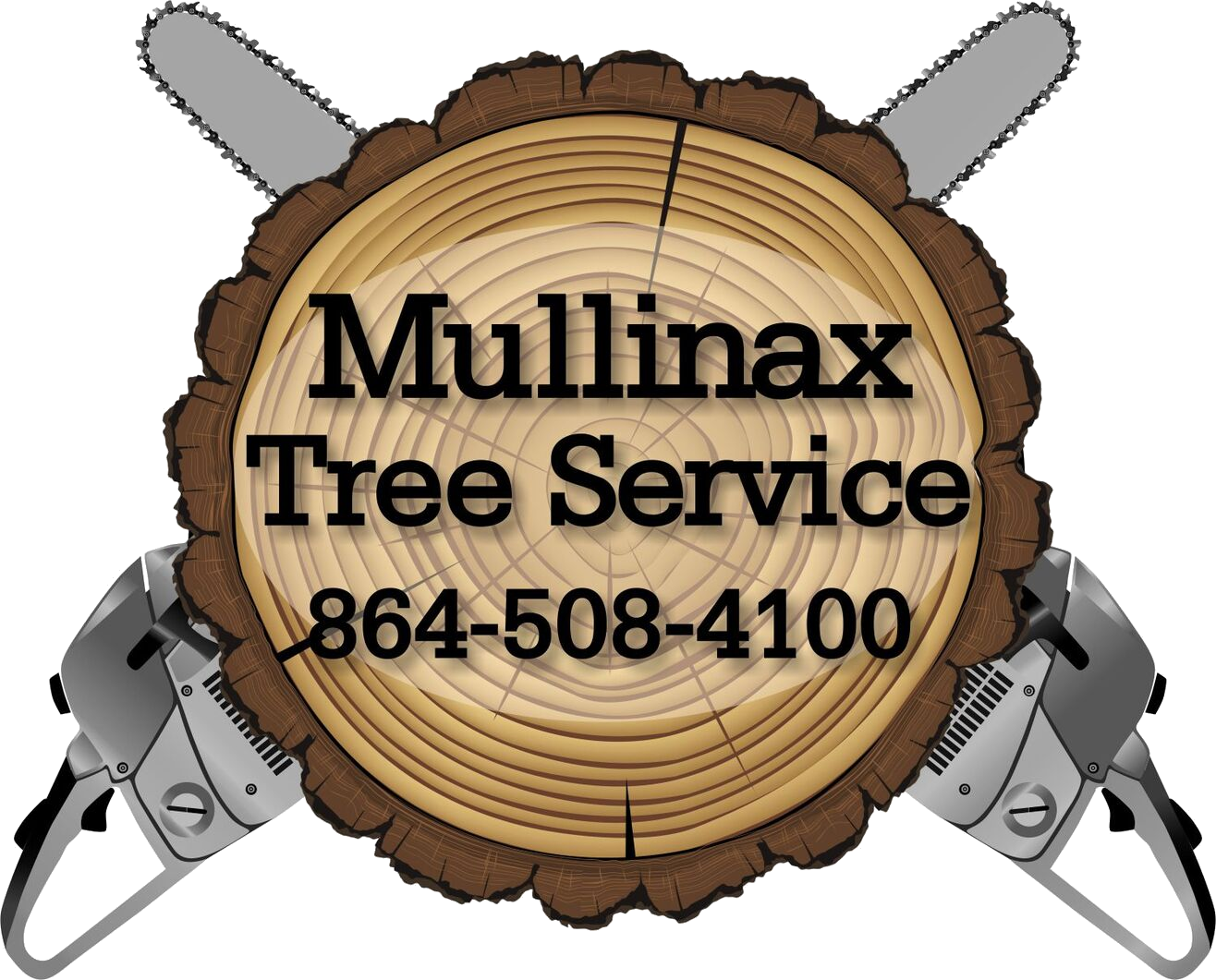TIMBER! A Trio of Warnings For If Your Tree Is About To Fall
Leaning Trees
Trees usually do not grow straight, and a little lean is normal. A tree typically leans towards the light; trees need the light to live. They avoid the shade, this causes a slight lean in the tree's trunk. The root system grows to accommodate this off-weight distribution. Wind could also play as a factor in the leaning of your tree. Small constant winds could cause the tree to grow in the direction in which the wind blows.
Danger Signs:
Exposed roots around the base of the tree
Heaving or cracked soil, on the side opposite of the lean
Sudden leaning of the tree
Starts leaning after a storm
Cures:
Depending on the severity, there may be little to nothing that you can do to help your tree.
Gently straighten the tree, after removing all of the soil from the exposed roots. Be aware of the roots and make sure they’re all placed into the ground before firmly packing soil over them. You can stake the tree to give it more support.
Trimming your young trees in the first years of their life can help prevent structural issues
Trimming later in a trees life can help remove deadwood and maintain the trees health
Tree trimming can also help with the imbalance of weight
Tree Cabling- Cabling a tree can help give your tree extra support to maintain its structural integrity during heavy winds or storms
Visible Dead Branches (Fall with Minimal Agitation)
This does not always mean your tree will fall, but this does show the current condition of it’s health. Usually this is a way in which the tree is trying to tell you something is wrong. Shedding branches is the tree’s way of self pruning. It is trying to make itself smaller because it is not receiving enough nutrients or that it is being attacked by insects.
Danger Signs
Bark Abnormalities
Tree bark should be continuous without holes or deep cracks
Decay
Mushrooms or fungi on a tree are a sign of decay. Trees tend to decay from the inside out. Another, red flag would be soft or crumbling wood.
Dead Trees
These will appear dry and will be easily broken. They should be removed for safety.
Leaf Discoloration
When leaves are in season, they should appear to me a healthy color. Discoloration could be a sign of disease.
Poor architecture
If a tree is growing uneven, lopsided or leaning too far, this could be a sign for severe damage to the tree.
Weak Branch Union
When branches grow too closely together, it may not anchor firmly to the trunk
Cures:
Typically, you cannot revive dead limbs or trees. It is recommended that you do remove these dead limbs or trees to prevent a disaster.
Rotten Roots
Root rot is a disease that can attack the roots of the tree in wet or damp soil. This is caused by prolonged exposure to overwatered conditions. This kills the root due to the lack of oxygen received. As they die away, they begin to rot. This can cause the other roots to rot as well. This disease can cut the life of any tree or plant short.
Danger Signs:
Poor growth
Loss of healthy needle color
Loosening and separation of low bark
Dark brown discolored wood at the base of the stem for several inches above the soil line
Cures:
The tree or plant can recover once the conditions become unfavorable for the pathogen, warmer and drier conditions.
